-
How can I benefit from
going solar? - Inverter info
-
Solar PV Only vs Solar
PV and Battery Storage -
Understanding solar
rebates / incentives and
feed-in tariffs - Case Studies
-
Frequently asked
questions
How can I benefit from going for a Home solar Power System?
Besides having a positive effect on the natural
environment, going solar is also beneficial for you
as a homeowner in many ways.
Firstly, by converting sunlight into clean energy via solar panels on your roof, you can reduce your energy bills. Because you are generating your own energy, you will use less power from the grid and therefore lower your electricity bill. Not only that, but if you have a battery installed with your solar PV system, you can store the solar power not utilised during the day to use later in the evening or on rainy days. This will help you cut your power bills even more.
Secondly, home solar panels are a great selling point if you decide to rent or sell your property. Solar power is seeing rising popularity and demand in Australia, and having a solar PV system in your home will most likely increase your home value.
Besides that, solar panel systems are generally low maintenance and can last for a very long time, making it a great investment that will give you good returns in the long run.
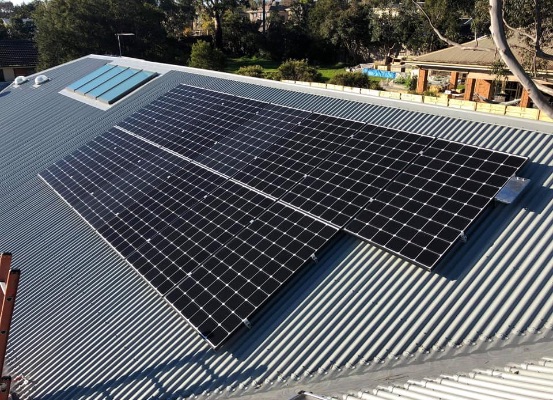
Choosing the right Solar Power system size
Solar panels in Melbourne come in various sizes, and choosing the right system depends on how much space your roof has, the amount of electricity you use, and the efficiency of the solar panels chosen.
The first step to find the right residential solar panel system is to engage a professional solar installer, who will analyse your site, measure your roof, and understand your average usage.
Based on these findings, they will be able to advise you on the best home solar system size that suits your household.
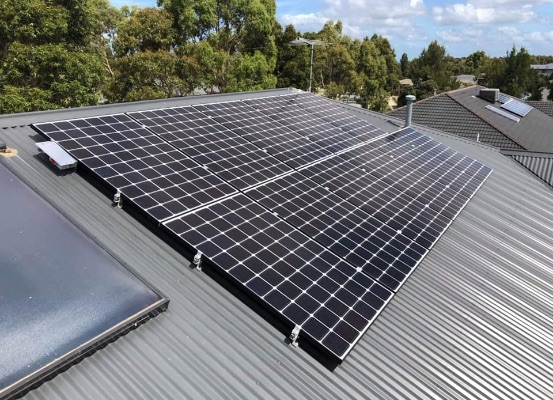
Case Studies
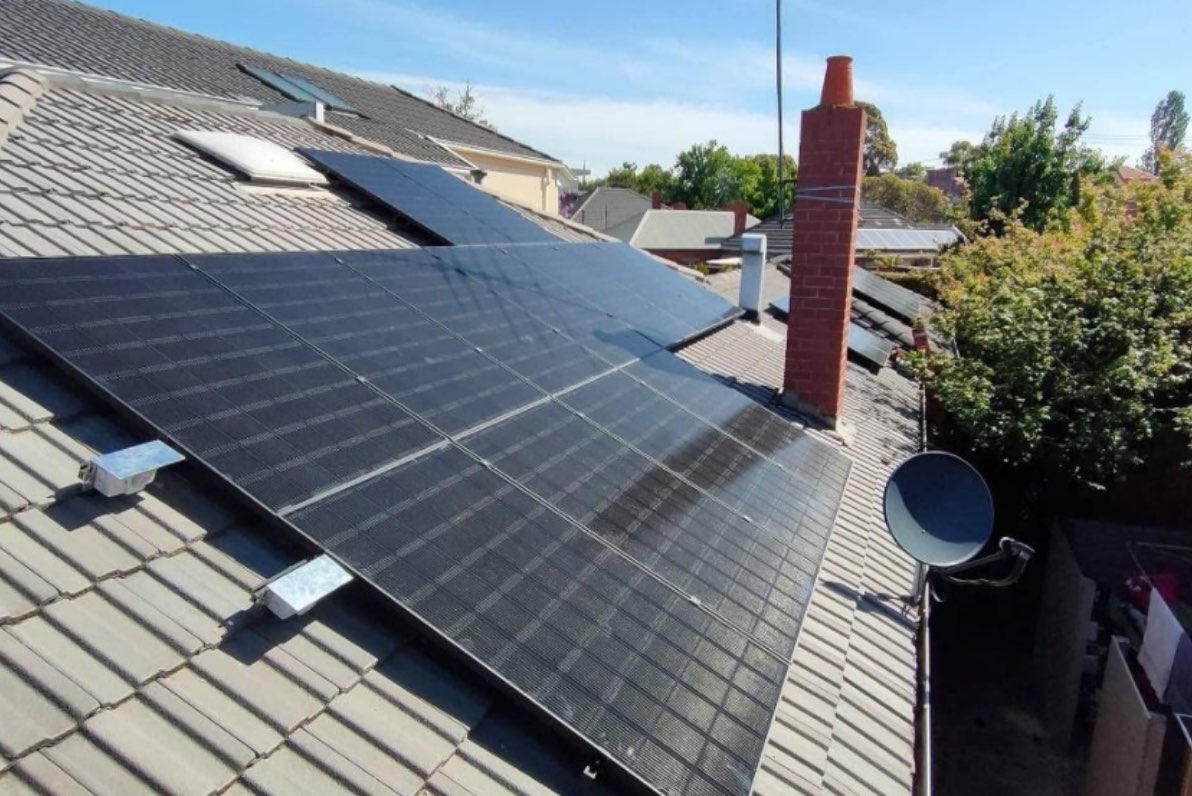
Michele – Malvern
There were some challenges due limited roof space and roof obstructions. With a double storey installation, it is important to use products with low failure rate as warranty replacements will be more challenging in future.
Read More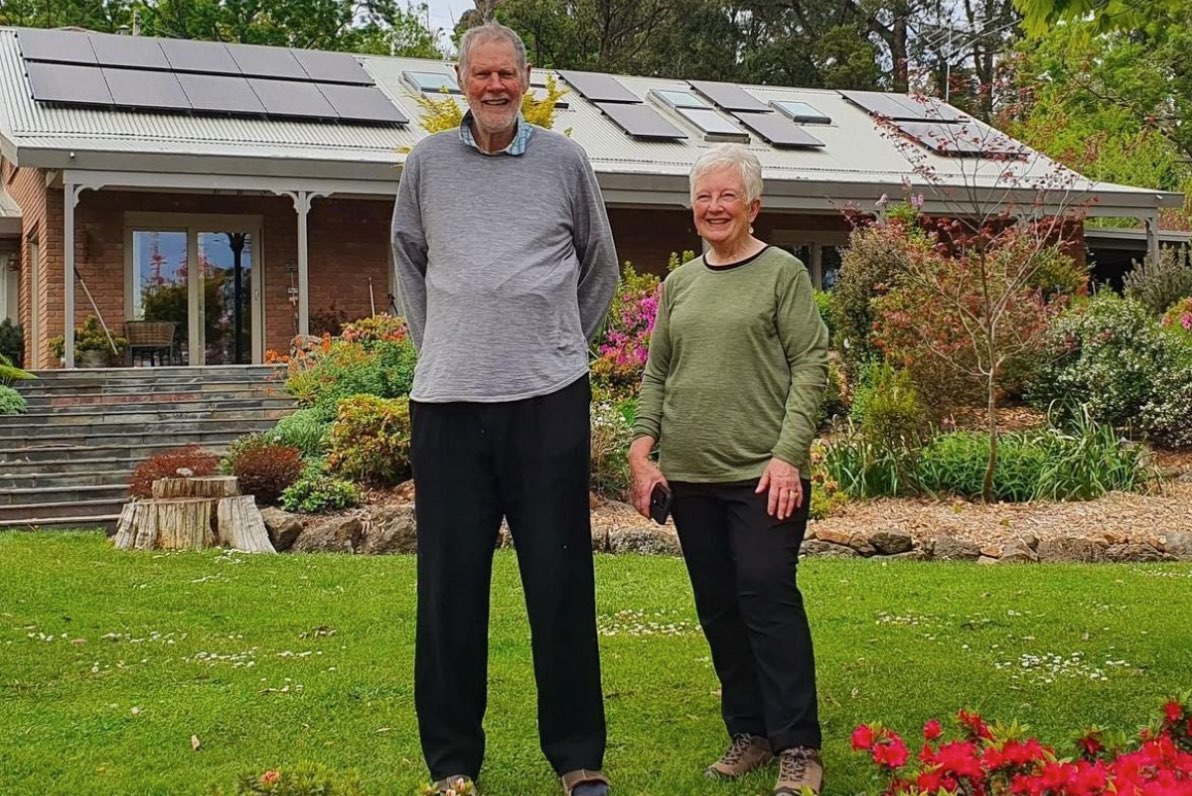
Olwyn – Ferny Creek
Customer resides in an area of widespread shading and also requires battery back-up capability due to frequent and extended grid power outages.
Read More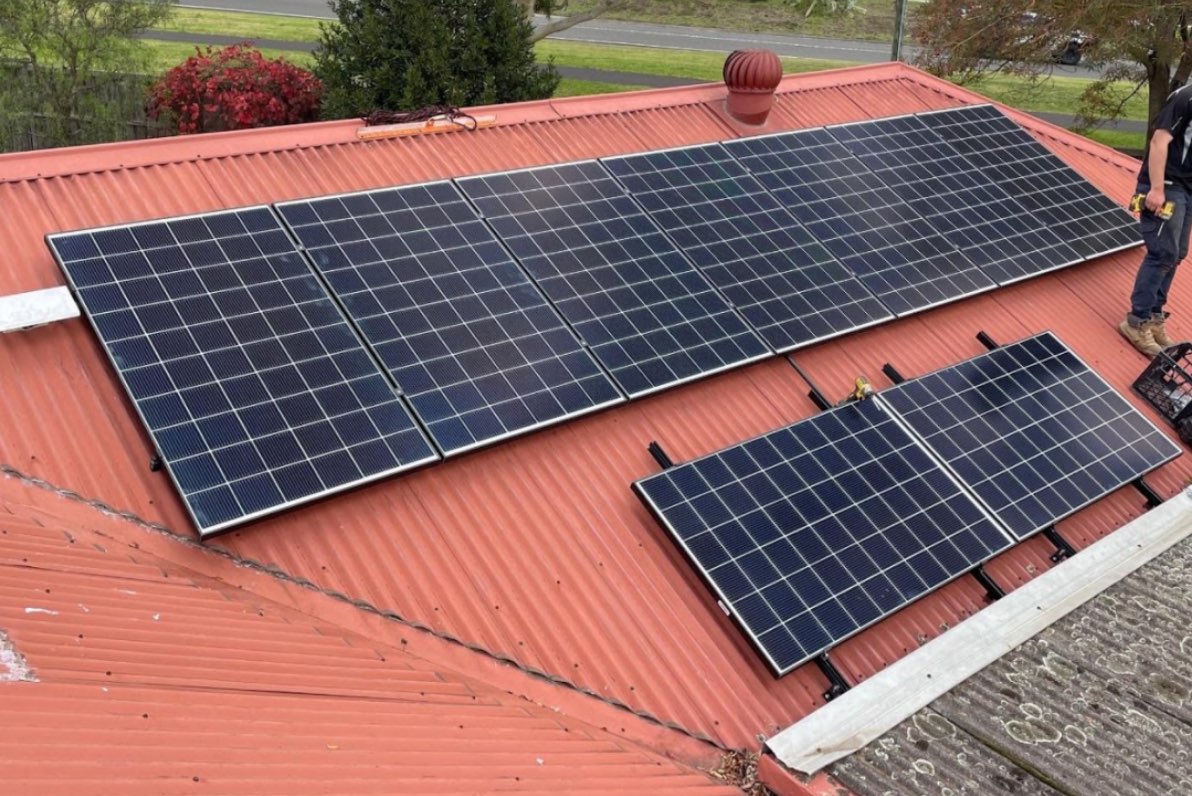
Gary – Boronia
Gary wanted to go with a local company with a good reputation. His roof presented some restrictions with design due to limited roof space, orientation of panels and some shading from trees and obstructions on his roof.
Read MoreChoosing the right Inverter for your home
The inverter is a critical component of the solar system, and choosing the right one is key to maximise your system’s potential.
At Total Solar Solutions Australia, we install top quality inverters from SolarEdge, Fronius and Enphase.
Types of Solar Inverters
5 Reasons We Love Fronius Inverters
String inverters
String inverters such as Fronius, are most commonly used, as they are the most affordable option among the three types. In a solar system with a string inverter, all panels are linked together in a series. String inverters work well for installations where strings of panels can be placed on a single plane without any shading or obstruction, and can get consistent sunlight through the day.
Pros:
- Ideal for homeowners looking for low cost solar systems
- Easy to maintain as they are normally placed in an easy-to-access location
- Oldest and more well-supported technology among the three
Cons:
- They work only as well as the weakest link in the chain
- Even if just one panel is partly shaded, the performance of all the panels will drop
- If one panel fails, the whole system ceases to function
5 Reasons We Love Enphase Micro Inverters
Micro inverters
Micro inverters such as Enphase, work by having a smaller or mini inverter installed on each individual solar panel. Each of these mini inverters not only convert the DC energy to AC energy right there and then, but they are also able to manage grid connection. Micro inverters are a great solution for shading issues, as each panel perform individually and will not affect the others. As such, they work well for complicated roofs with chimneys or other objects that can obstruct sunlight.
Pros:
- Individual panels perform unaffected by the others
- Even if one panel fails, the others will continue to generate power
- The performance of individual panels can be monitored
Cons:
- They cost a lot more than string inverters
- Maintenance and repair can be difficult, as they are located on the roof
5 Reasons We Love SolarEdge Inverters
DC optimised system
A DC optimised system such as SolarEdge, also known as power optimisers, are the newest of all three inverter types. They are somewhat like a combination of string inverters and micro inverters. DC optimisers can be selectively installed to individual panels on a string inverter that are affected by shade. The optimisers will then prevent the shaded panels from affecting the overall performance of the entire string.
Pros:
- Cost less than micro inverters
- Can still produce significant energy even when some panels are not performing well
- Each panel can be monitored
Cons:
- Cost more than a system with just a string inverter
- Like micro inverters, maintenance and repair can be difficult
Which inverter should you go for?
It can be difficult to decide on the best inverter, as there are many conditions to take into consideration. Some installations work better with micro inverters, while some work better with optimisers. And in some cases, a standard string inverter system is the best option. It really does depend on your home as choosing the right system is not a one-size-fits all. At Total Solar Solutions we work with you to tailor the most suitable option for your home.
Solar PV Only vs Solar PV and Battery Storage
So, is having a solar power system sufficient for you, or should you add battery storage to your system?
Overall, solar batteries are a great addition as they can help you make the most out of your residential solar systems. Batteries store energy that can be used during the night or when the weather is overcast so you are more self-sufficient. We are across both the Australian Battery Installation Standards (AS/NZS 5139:2019) as well as the manufacturers guidelines to ensure your battery is installed appropriately. The right size battery for your home will depend on your usage and how much you normally export to the grid.
By storing the unused excess solar power for later use, the solar battery can greatly reduce the home’s reliance on the grid. In some cases, it may even help you become completely independent from the grid. This makes solar battery systems especially handy if you live in a remote location, or an area where the grid is sometimes unstable. In the event of a blackout, for example, battery systems can power your home for hours.
However, not all households will benefit from adding a battery. If you have a smaller solar system that does not generate a whole lot of excess power, it may not be worth investing in a solar battery at this moment.
Generally, it is more worthwhile to install battery storage if you have or are planning to go for a larger solar power system, or if you feel that you would be generating a big amount of excess power.
To make the best decision, speak to our team and let us advise you based on your system size, energy consumption, and other factors
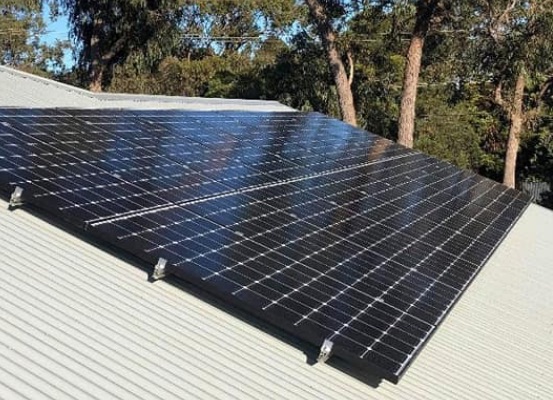
Understanding solar rebates / incentives and feed-in tariffs
Both the federal and Victorian state governments offer solar rebates and incentives to eligible households and small businesses across Australia.
Under the federal government’s Small-scale Renewable Energy Scheme (SRES), households and small businesses across Australia may be able to receive a benefit to help with purchase cost when installing a small scale renewable energy system, including home solar systems. The benefit value you receive will depend on several factors, including the location you live in, the installation date, and the amount of electricity the system creates.
In Victoria, eligible households that want to invest in a good quality solar system can enjoy the state’s solar panel and battery rebates. To apply for the rebate, the solar PV modules and batteries must be on the Clean Energy Council’s Approved Product List, as well as be from a brand that is participating in the Solar Panel Validation Initiative (SPV).
Feed-in tariffs is another way that helps you make money off your solar system, as you get paid for feeding surplus electricity back into the grid.
To understand these solar rebates and incentives better and to find out how they can help you enjoy the benefits of solar power, get in touch with Total Solar Solutions today.
Understanding solar rebates / incentives and feed-in tariffs
Who undertakes the solar installation?
Always ask for a qualified electrician for any electrical work carried out on your home. A solar installer must be a A-Grade electrician and hold a CEC design and install accreditation as a minimum.
How long does an installation take?
Installation for a solar PV system varies greatly as each home is different. This is usually discussed with our team during the proposal and site-inspection process. A majority of the time an installation will be 1 day however if it is a 2 day installation for a larger or more complex system we will advise you at the time of booking the installation. There are also occasions where wet weather makes it unsafe for us to complete the work on the roof and on the rare occasion this happens we will communicate directly with the customer to arrange a suitable date to return.
3. Is my roof appropriate for solar?
Because Australia has the ideal climate for solar power, the majority of homes are very well suited to solar installations. The criteria is very broad, but if you need more information your property can be assessed by our team.
Is solar a good idea for my house?
Yes! Solar systems are a great way of saving money annually and doing your part for the planet.
5. What is the best solar system for home?
The great thing about solar is that the system can be tailored to suit your needs. Once we understand your roof design, your electricity habits and expectations, we will be able to suggest the ideal system that will give you the best returns.
It can be difficult to decide on the best inverter, as there are many conditions to take into consideration. Some installations work better with micro inverters, while some work better with optimisers. And in some cases, a standard string inverter system is the best option. It really does depend on your home as choosing the right system is not a one-size-fits all. At Total Solar Solutions we work with you to tailor the most suitable option for your home.





